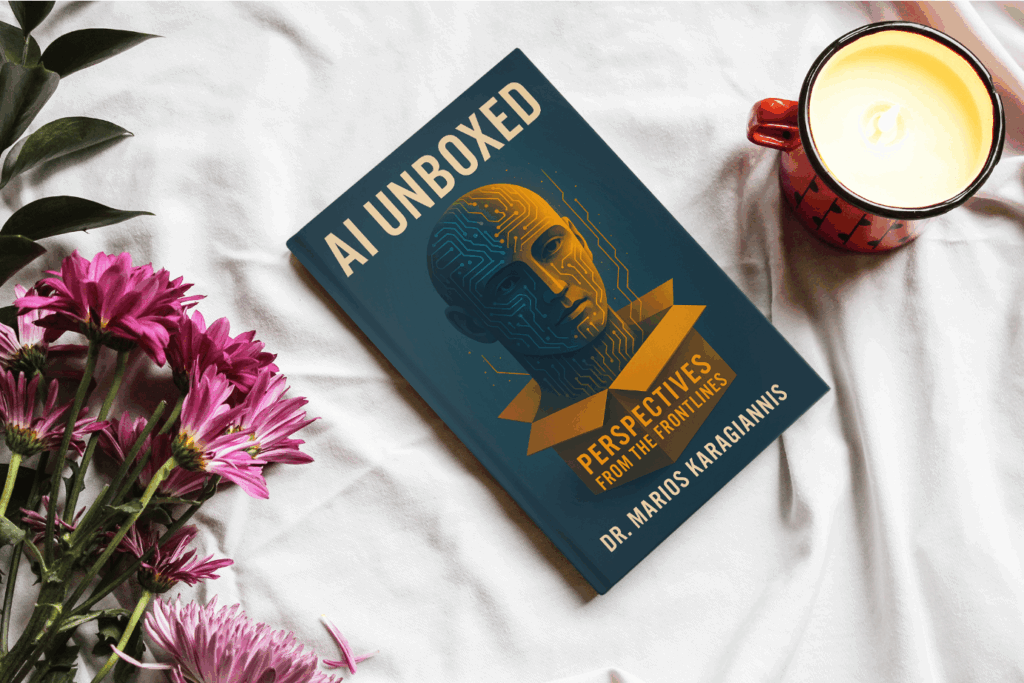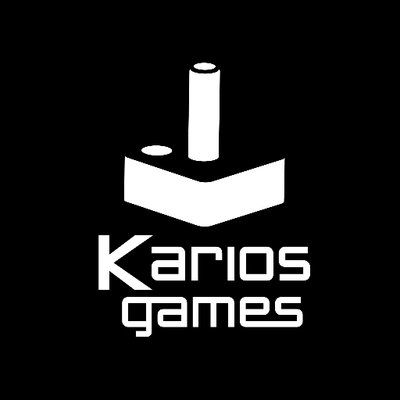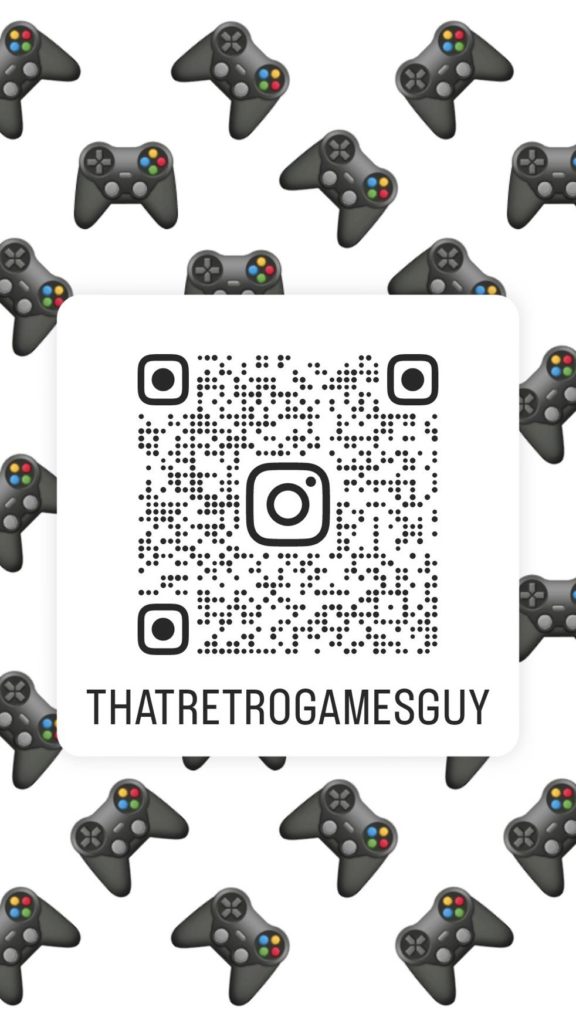Generative AI has revolutionized digital art, offering new tools that can produce stunning visuals in seconds. However, its rise has also sparked intense debates about ethics, originality, and the future of human artists. At the heart of the controversy lies the question of how AI learns to create, and whether this process is fundamentally different from how humans develop artistic skills.
AI Training vs. Human Inspiration: Where Do We Draw the Line?
Most generative AI models are trained on massive datasets, scraping publicly available images to learn patterns, styles, and composition. Critics argue that these datasets are often used without explicit permission from the artists whose work is included. Yet, if we step back, we see that this is not entirely different from how human artists learn. Every painter, illustrator, or designer studies past masters, absorbs their influences, and refines their craft through imitation and experimentation.
The key difference, however, is scale and accessibility. A human artist might take years to refine their skills, while AI can generate thousands of images in mere seconds. This ease of use allows even those without formal artistic training to create polished images, effectively lowering the barrier to entry. While this democratization of art can be seen as a positive, it also poses a significant threat to professional graphic artists who have spent years mastering their craft.
The Dangers of Industrial-Scale AI Art
The ability of AI to mass-produce images at an industrial level is one of its most disruptive aspects. Companies and individuals looking for quick, cheap alternatives may opt for AI-generated art over hiring human artists. This threatens careers, undercuts fair wages, and devalues the human touch in art. In an industry already struggling with issues of undervaluation, generative AI exacerbates these challenges, forcing artists to compete against algorithms that never tire and never demand compensation.
Beyond economic concerns, there is also the risk of homogenization. AI lacks true creativity and originality, it can remix existing styles but cannot innovate in the way a human can. Artists bring unique perspectives, emotions, and personal experiences to their work, something no machine can replicate. The best AI can do is generate something that “looks” creative without truly being creative.
AI as a Tool, Not a Replacement
Despite these concerns, generative AI is not inherently evil. Like any tool, its impact depends on how it is used. Many artists have already begun integrating AI into their workflows, using it for brainstorming, rapid prototyping, or enhancing their existing work rather than replacing their own creativity. In this way, AI can be seen as an extension of artistic tools rather than a competitor.
The key moving forward will be ethical implementation. Clearer regulations on how training data is sourced, greater transparency from AI companies, and tools that allow artists to opt out of having their work used for AI training are all necessary steps. At the same time, artists must continue to push the boundaries of human creativity because at the end of the day, no AI can replicate the soul of a true artist.
Conclusion
Generative AI is a powerful tool with undeniable benefits, but it also poses serious risks to traditional artists. While AI learns in a manner similar to human artists, the difference lies in scale, accessibility, and automation. The future of art will not be determined by whether AI exists but by how we choose to use it. If handled responsibly, AI can serve as a valuable ally rather than a destructive force but only if we respect and preserve the irreplaceable creativity of human artists.
What are your thoughts on this? Is AI moving too fast and taking over everything or is it just another powerful tool to make our life easier and us more productive?








